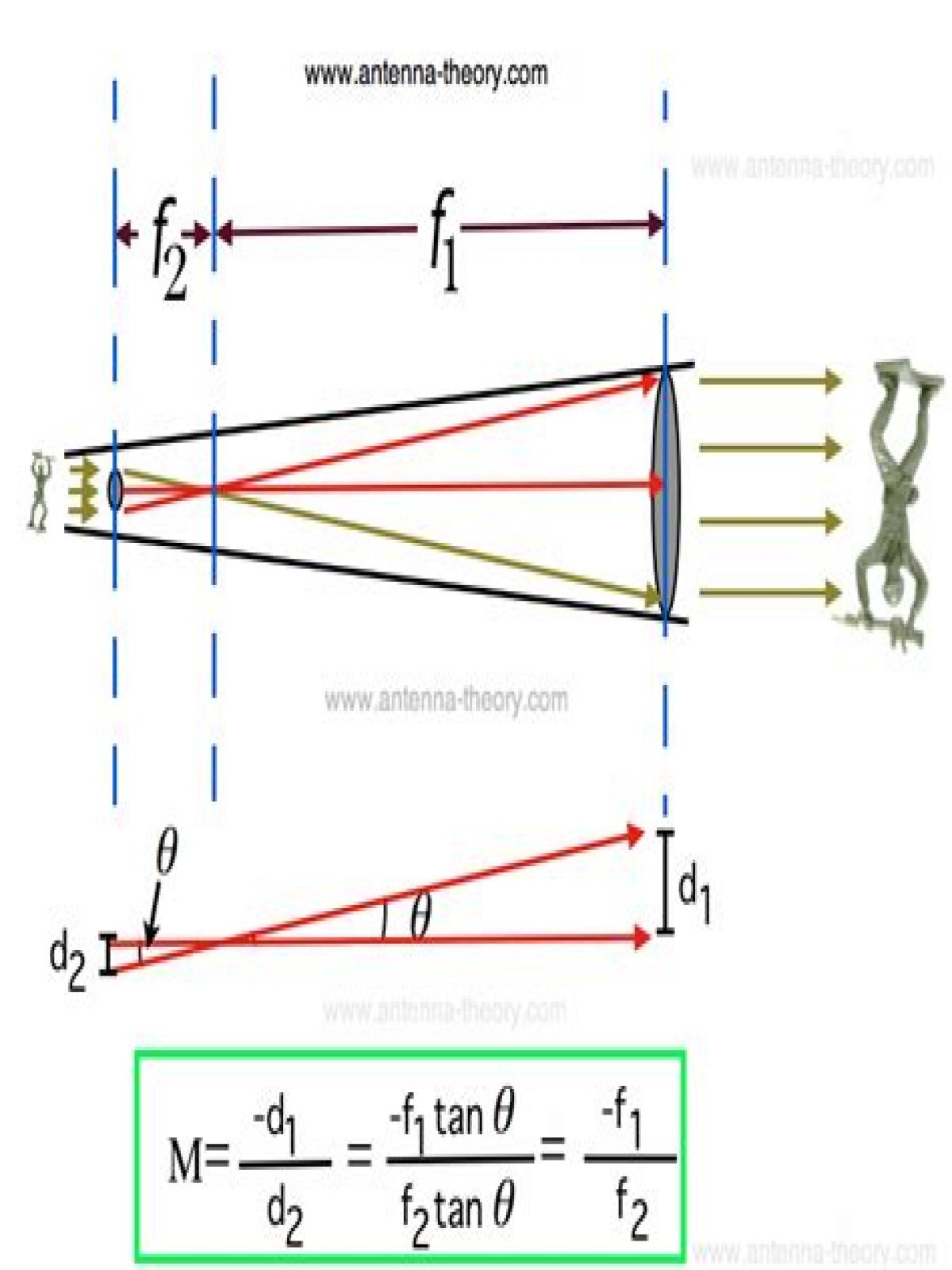What can you see with 40x magnification telescope?
What can you see with 40x magnification telescope?
The compound microscope typically has three or four magnifications – 40x, 100x, 400x, and sometimes 1000x. At 40x magnification you will be able to see 5mm. At 100x magnification you will be able to see 2mm. At 400x magnification you will be able to see 0.45mm, or 450 microns.
What can you see with a 25mm eyepiece?
25mm – 30.9mm Telescope Eyepieces: These are extended field eyepieces for longer focal length – good for large nebula and open clusters. For shorter focal length, they are fantastic for large objects such as the Orion nebula, views of the full lunar disc, large open clusters and more.
Which eyepiece is best for viewing planets?
The focal length of the telescope is 900mm, so to achieve the maximum useful magnification, then a 4.5mm eyepiece would be ideal. One of the best parts about planetary viewing or imaging is that since the objects are so bright, you can do it just about anywhere regardless of light pollution.
What is a Barlow lens used for?
In microscopy the Barlow lens is used to increase working distance and decrease magnification. The lenses are “objective lenses” that are mounted in front of the microscope’s last objective element. Barlow lenses for microscopes can be found with magnifications ranging from 0.3× to 2×.
What magnification do you need to see Pluto?
The dwarf planet moves 1.5 arc minutes a day, and if you can make use of your telescope’s 200X magnification, you’ll be able to see this change clearly.
What can I see with a 90mm telescope?
A 90mm telescope will provide you with a clear view of the Saturn along with its rings, Uranus, Neptune, and Jupiter with its Great Red Spot. You can also expect to see stars with 12 stellar magnitude with a 90mm telescope.
What can you see with a 90mm telescope?
What can you see with a 100mm telescope?
What Can You Expect From 100mm Telescopes? (With Photos)
- The maximum magnitude of a 100mm telescope is 13.6. For reference, the Moon has a magnitude of -12.74 and Mars has a magnitude of -2.6.
- The Moon. The Moon looks amazing in these telescopes.
- Mars.
- Venus.
- Jupiter.
- Saturn and Neptune.
- Pluto and Dwarf Planets.
- Mercury.
Which eyepiece is best for viewing planets Celestron?
Best eyepiece for viewing Saturn
| Telescope | Aperture | Recommendation |
|---|---|---|
| Orion Observer | 70mm | 7-21mm Continuous Zoom Eyepiece |
| Celestron Astromaster 114EQ | 114mm | Orion 8920 6mm |
| Celestron Nexstar 6SE | 152mm | Orion 8883 Planetary Edge-On Eyepiece |
| Celestron 11″ Schmidt-Cassegrain | 279mm | Televue DeLite 7mm |
Does a Barlow lens decrease quality?
Most barlows should improve the outer field sharpness of eyepieces that have problems with sharpness at the field edge. A truly bad barlow will degrade the edge performance of good eyepieces.
Why are Barlow lenses blurry?
The Earth’s atmosphere also plays an important part in limiting the maximum magnification you can use. Instabilities in the atmosphere such as heat radiating from the ground and surrounding buildings, high altitude winds, and other weather conditions can cause your image to blur.
Can I see Jupiter with a 70mm telescope?
The colorful bands and belts of Jupiter, as well as its four major moons, and the rings of Saturn are clearly visible in a 70mm telescope. So it naturally follows that a larger telescope will do even better. Uranus and Neptune are also reachable with small telescopes.
